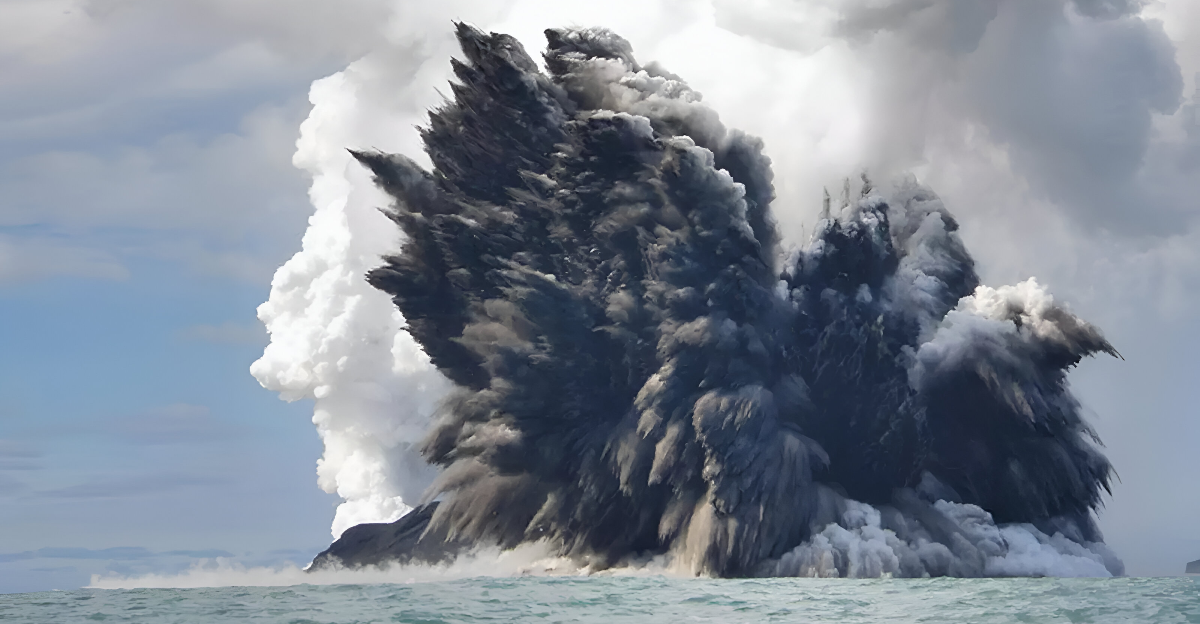
Situated nearly a mile beneath the Pacific Ocean, about 300 miles off the coast of Oregon, Axial Seamount is one of the most closely monitored undersea volcanoes on Earth. This submarine volcano is showing unmistakable signs that it could erupt soon, possibly within the next year. Thanks to decades of advanced monitoring by scientists, who can now analyze real-time seismic and deformation data, researchers have gained unprecedented insight into its behavior.
Unlike many land-based volcanoes, eruptions from Axial Seamount are relatively predictable, making it a unique natural laboratory for understanding how underwater volcano activity unfolds and how it affects marine life.
As the volcano inflates with magma and earthquake activity intensifies, scientists are gearing up for what could be a spectacular underwater eruption. This would offer a rare opportunity to witness the dynamic processes that shape our planet’s ocean floors.
Geological Setting of Axial Seamount
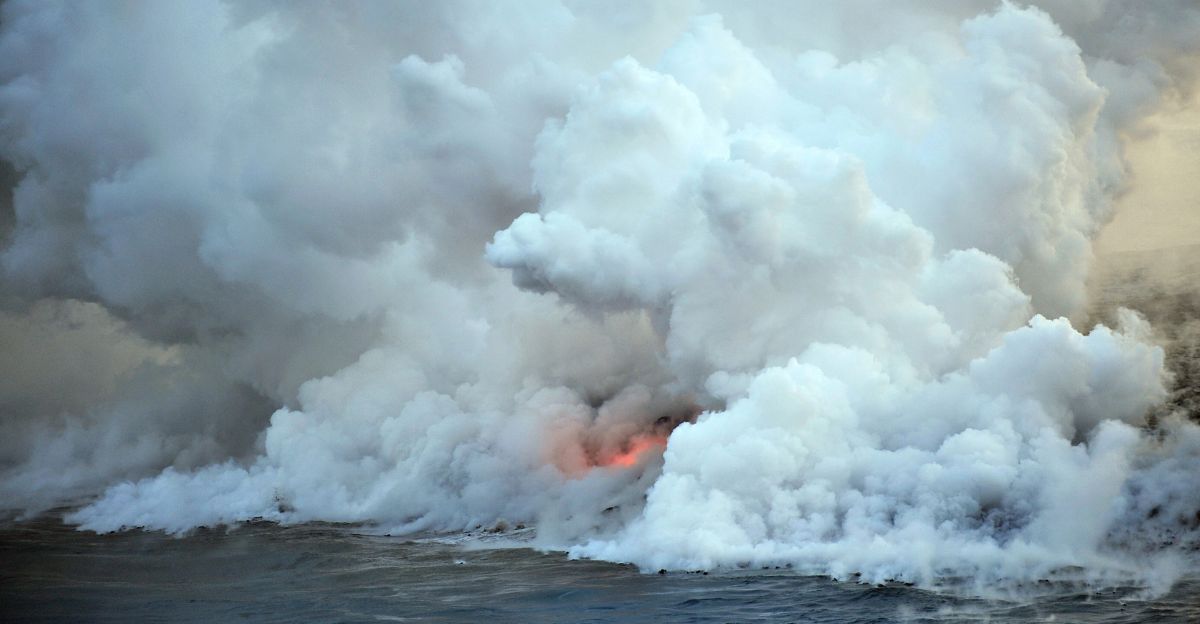
Axial Seamount is located nearly 1 mile (1.4 kilometers) beneath the Pacific Ocean on a geological hotspot where molten rock rises from the Earth’s mantle. It is also located on the Juan de Fuca Ridge, a tectonic spreading center where the Pacific and Juan de Fuca plates move apart.
This tectonic activity leads to magma accumulation beneath the seafloor, inflating the volcano and raising the pressure that can trigger eruptions. The combination of a hotspot and plate spreading makes Axial Seamount a dynamic and complex volcanic system.
Monitoring and Early Warning Systems
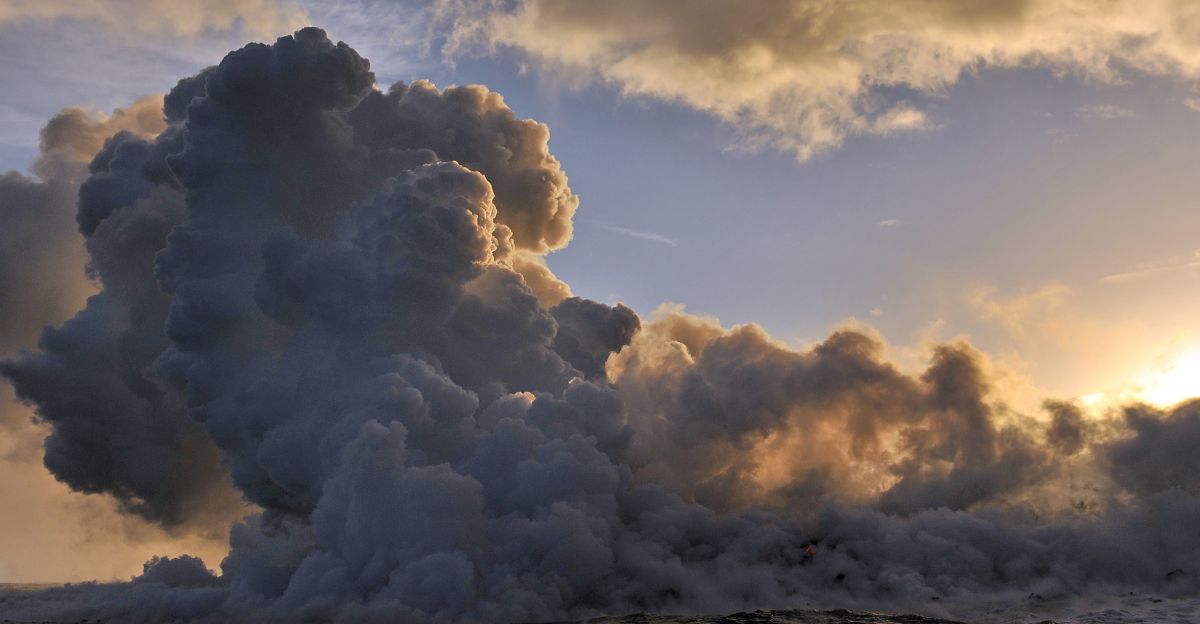
The volcano is the most extensively instrumented submarine volcano in the world, with a network of seafloor sensors connected to the shore by cables. These instruments continuously track seismic activity, ground deformation, and other volcanic signals in real time.
This sophisticated monitoring system allowed researchers to see the volcano’s inflation and increased earthquake swarms, which are key indicators that magma is moving and an eruption could be imminent. This level of detailed data collection is rare for underwater volcanoes and has improved eruption prediction significantly.
Impact on Marine Life
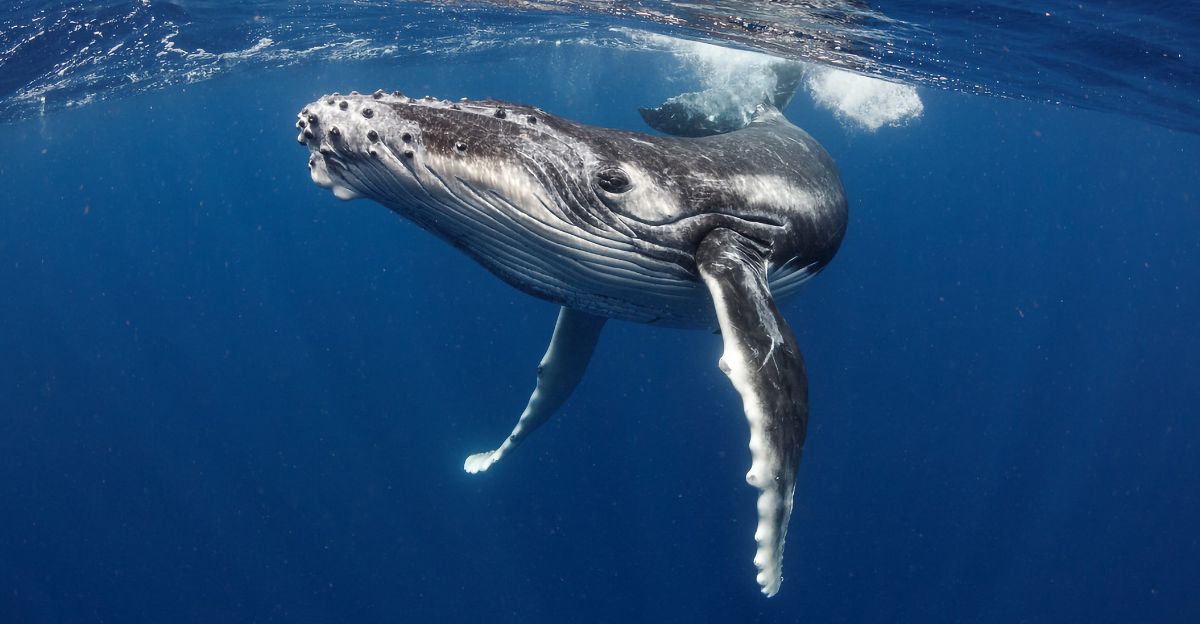
Hydrothermal vents in the caldera support thriving communities of microbes, tubeworms, and other specialized marine life that depend on volcanic gases. Although lava flows can temporarily scorch these ecosystems during eruptions, they usually recover within a few months.
Larger marine creatures, such as fish, whales, and octopuses, may sense the seismic activity, but are unlikely to be harmed. The eruption’s underwater nature means it poses little risk to humans or coastal areas.
Seismic Activity as an Eruption Indicator
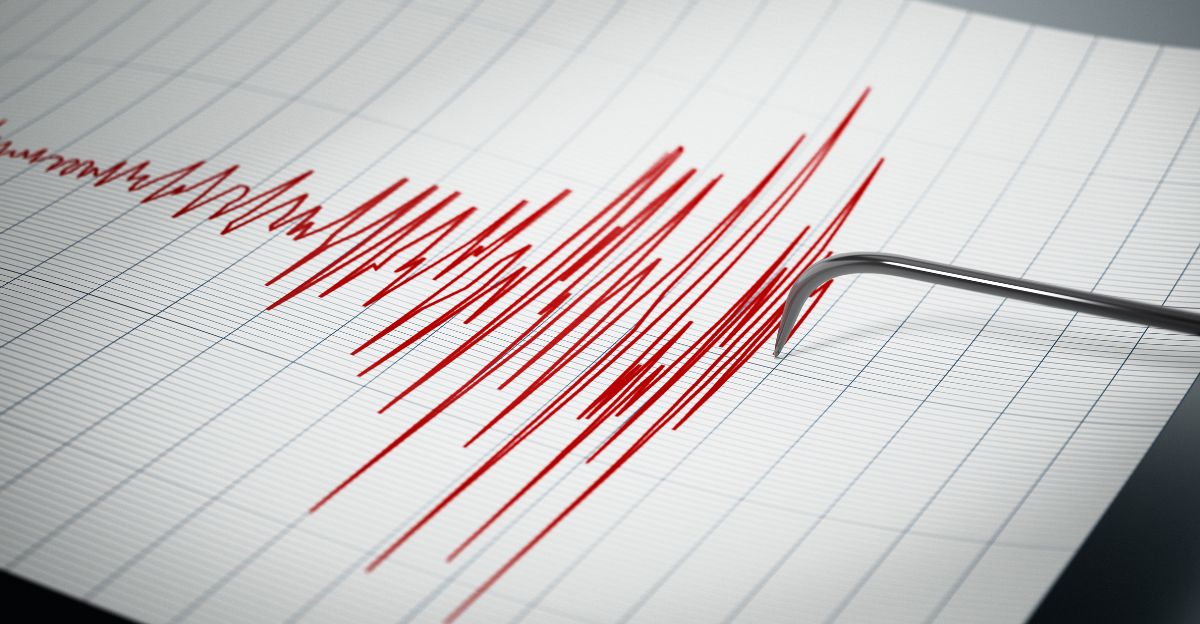
Earthquake swarms have increased dramatically at Axial Seamount, with hundreds of small quakes occurring daily as magma forces its way into the volcano’s magma chamber. Before the 2015 eruption, scientists recorded about 10,000 small earthquakes in a 24-hour timeframe.
Currently, that number is increasing but has not yet reached its peak. This seismicity indicates that the volcano is inflating and becoming pressurized, and an eruption could occur anytime between late 2024 and the end of 2025.
Surface Inflation and Magma Buildup
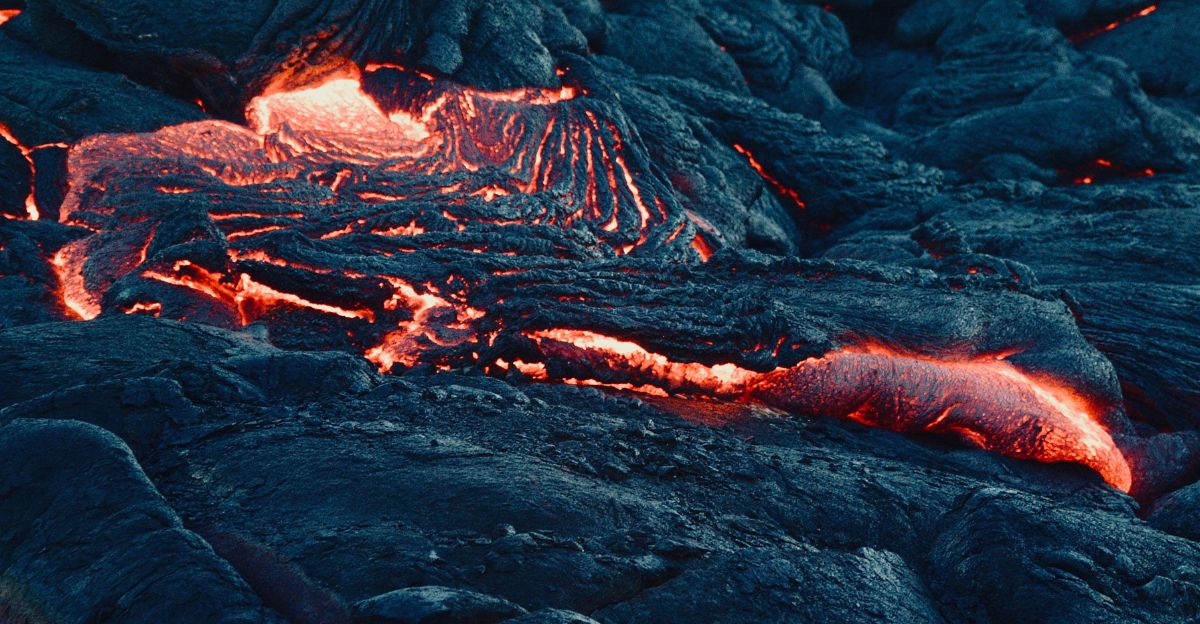
Measurements reveal that the surface of Axial Seamount has inflated to nearly the same height it reached before the 2015 eruption. This inflation is due to the buildup of magma accumulating beneath the surface, increasing pressure in the magma chamber.
The volcano behaves like a balloon inflating with molten rock, and when it reaches a critical threshold, an eruption occurs. This repeatable pattern has allowed scientists to narrow the eruption forecast window with greater confidence.
What Happens During an Eruption
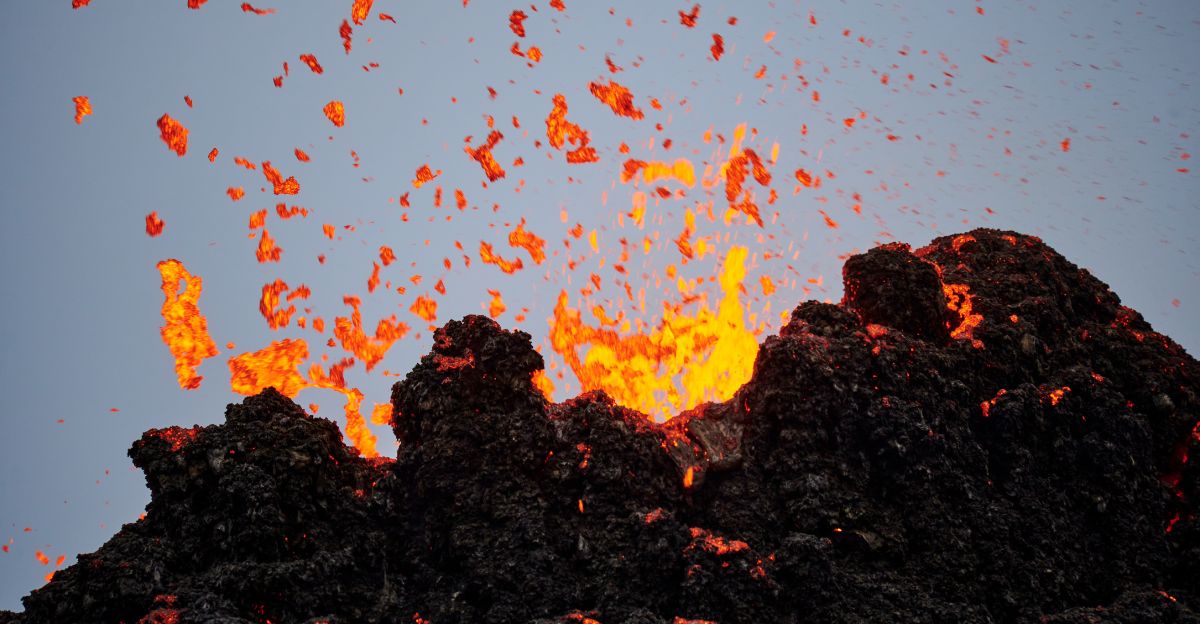
When Axial Seamount erupts, magma oozes out rather than explosively blasting ash into the atmosphere, due to the relatively low viscosity of its magma and the pressure of the overlying seawater.
Past eruptions have lasted about a month, with lava flows extending up to 25 miles across the seafloor. The magma chamber sometimes collapses, forming a caldera crater where hypothermal vents support a unique ecosystem fueled by mineral-rich gases.
Influence of Tides and Lunar Gravity

Interestingly, Axial Seamount’s eruptions tend to occur between January and April, coinciding with the period when Earth moves away from the sun. Scientists speculate that gravitational forces from the moon, which cause ocean tides and pressure changes on the seafloor, may influence the timing of eruptions. High tides increase pressure on the magma chamber, triggering more earthquakes and potentially pushing the volcano toward eruption.
Scientific Significance and Future Observations

Axial Seamount provides a rare natural laboratory for studying submarine volcanic processes and their impact on ocean ecosystems. The volcano’s predictable eruption cycle and sophisticated monitoring network enable scientists to observe an underwater eruption in unprecedented detail.
Plans are underway to live stream the next eruption, providing valuable data and public engagement opportunities. This research enhances understanding of volcanic processes that shape the Earth’s crust and influence ocean life.
Eruption Sooner Than We Think?
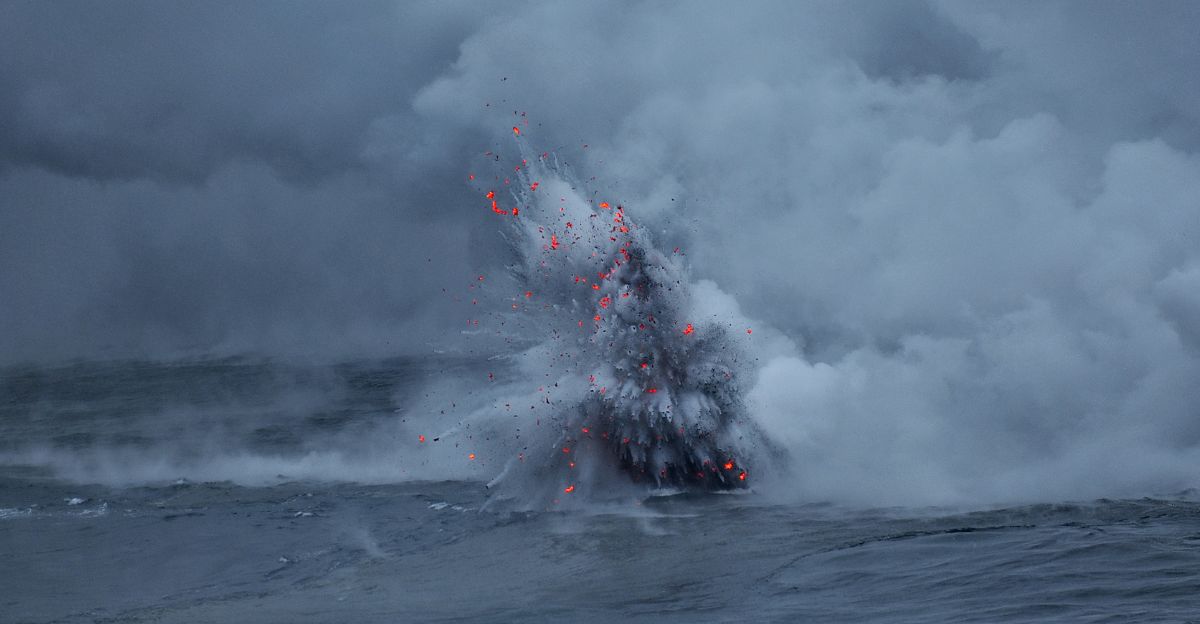
Based on decades of observation and recent indications of magma accumulation and seismic activity, the Axial Seamount is poised for an eruption likely before the end of 2025. Though the eruption itself will be largely underwater and non-explosive, it represents a significant event for volcanologists and marine scientists.
The ability to witness this eruption in real-time will enhance our understanding of submarine volcanic systems and their role within Earth’s geology and ocean ecosystems, marking an important milestone in volcanic research.
Explore more of our trending stories and hit Follow to keep them coming to your feed!

Don’t miss out on more stories like this! Hit the Follow button at the top of this article to stay updated with the latest news. Share your thoughts in the comments—we’d love to hear from you!







